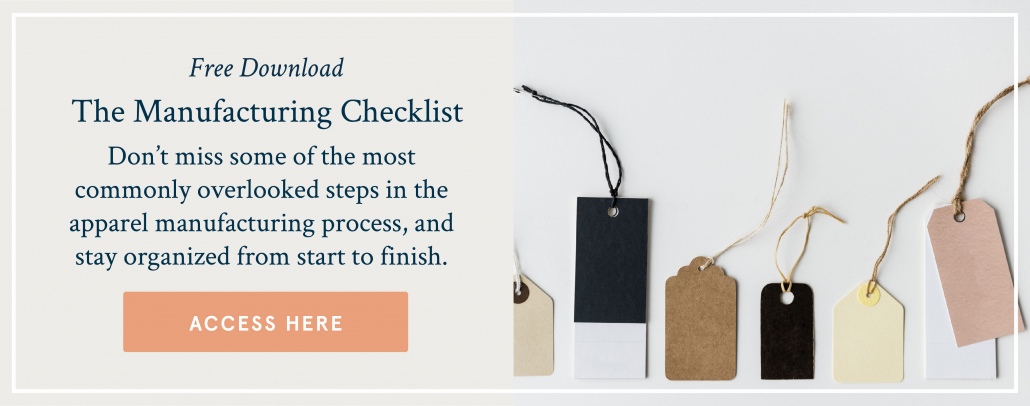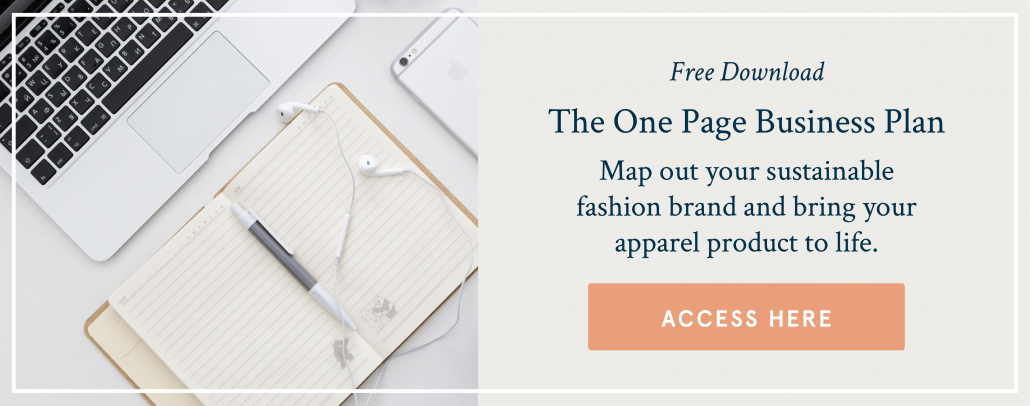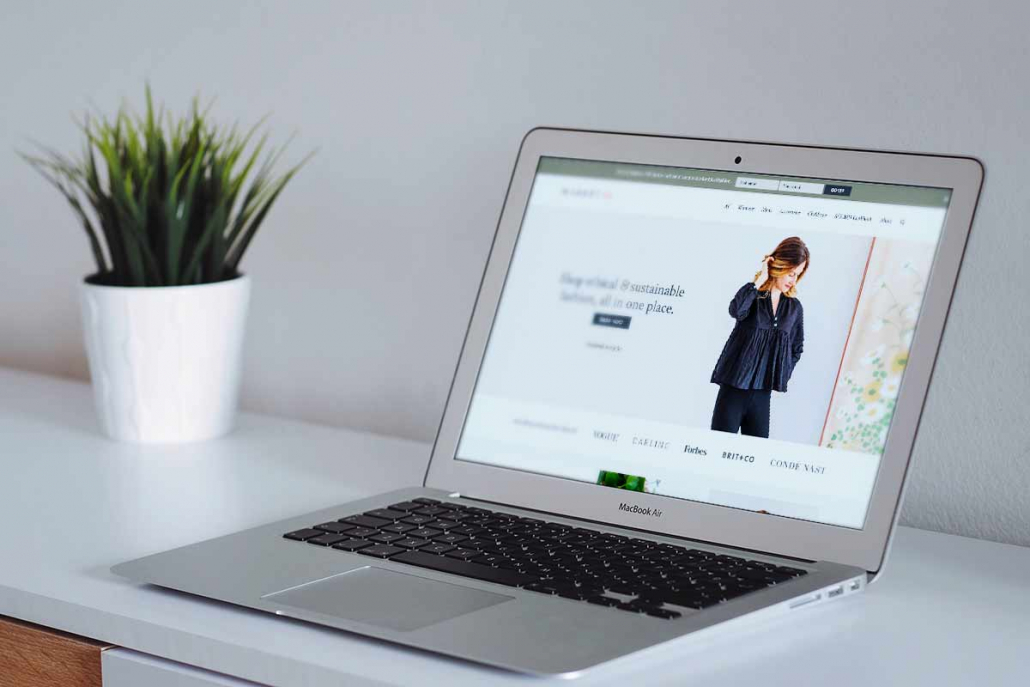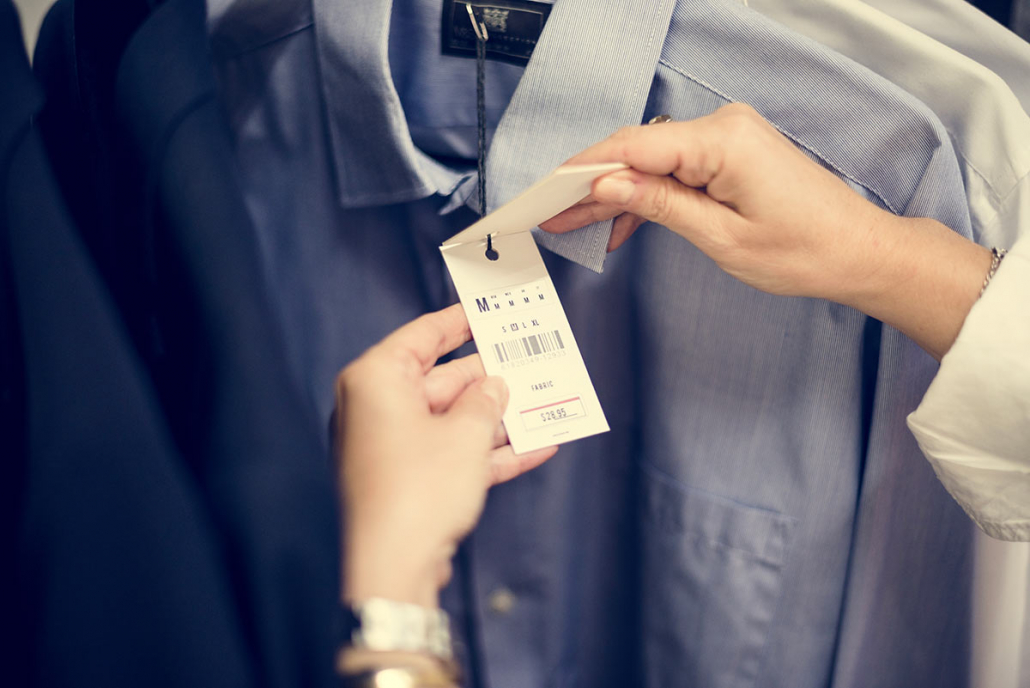I talk a lot about your email list being the most valuable marketing asset you have as a fashion brand.
If you’re not building your list, then you are missing out in a big way.
In fact, I can’t name one successful, modern-day business that doesn’t have an engaged email list that is actively growing.
But growing your number of subscribers is only half the battle. It’s making sure that they’re engaged readers that really requires the hard work.
Here are five ways to get more engagement from your email list* so you can create customers for your brand:
*Note: When I’m talking about your email list I’m not referring to your list of contacts in Gmail. An email list for your business has likely been created on Mailchimp or another email marketing platform and your subscribers have “opted in” to receive marketing emails about your brand.
1. Subject lines, subject lines, subject lines.
It doesn’t matter if you have the most compelling, beautifully designed and articulately written email if your subscriber doesn’t open it.
Your “open rate” is largely dependent on the intrigue of your subject line. It has to elicit a curious response from your subscribers that entices them to read it.
As an example, what’s a more interesting subject line to you?
5 email marketing tips
OR
This is why your subscribers aren’t reading your emails
Of course this takes practice. For every email I send out to you, I write five subject lines before I narrow it down to the winner.
Your subject line should be a focal point of your entire email — not an afterthought.
2. Don’t underestimate the “readability” of your emails.
This is the simplest and most basic rule of email marketing, but I can’t tell you how many emails I receive from new brands that make me question if I need reading glasses.
When in doubt, use a 12 point sans serif font in black. If you make your readers squint at their screens, then they’re going to click delete.
Other “readability” factors: avoid large block paragraphs, bold phrases are your friend, create plenty of white space.
Take note of the emails that you’re subscribed to and notice the formatting – what stands out? What makes it an easy read for you?
3. Start with a story.
Research has shown that when a person starts reading a (compelling, well written) story, it’s very difficult for them to stop.
What does that tell us about email marketing?
Start with a personal anecdote.
Your subscriber is not only more likely to read to the end, but starting with a personal anecdote also builds trust and connection with your reader.
And it’s trust and connection that turns a reader into a customer.
4. Give one “call to action.”
Your call to action is what you want your reader to do after they open and read your email. Your CTA is essentially the whole point of sending out an email in the first place.
If you’re already selling, then your only goal is to move your reader from your email to the shop page of your website.
If you aren’t selling yet, then the goal of your CTA can be something else that helps you grow your following (forward this email to a friend, follow us on Instagram, read last week’s blog post, etc.)
The key thing to avoid here is giving multiple calls to action. I see a lot of emails that ask the reader to shop AND follow us on Instagram AND read our blog AND forward to a friend AND…
Asking for too much creates decision paralysis for your reader and instead of doing everything, they’ll do nothing.
Pick one CTA and test it one week. Choose a different CTA and test it another week. Use another CTA and test it the next week…
Which leads me to,
5. Track your analytics.
No matter which email marketing platform you’re using (Mailchimp, ActiveCampaign, Klaviyo, etc.), there is a dashboard that gives you a series of very important stats. Do not overlook these!
For every email you send out, you need to be tracking your open rate and your click-through rate, with an additional glance at your unsubscribe rate.
I say “glance” because I don’t want you to obsess over how many people unsubscribe from your list. It’s normal for a healthy list to have unsubscribers so don’t dwell on it. However, if you notice a significant increase at any point, then you’ll want to be aware of what could have possibly triggered it.
Above all, tracking your analytics will provide insight into sending better emails. It will help you become better at writing subject lines, it will give you valuable data about what your readers want to see and it will help you increase traffic to your online store.
A final thought: So often new brands get caught up in the number of subscribers they have. And while yes, the goal is to grow your list as much as possible, I would much rather have a small highly-engaged list than a large list that isn’t engaged.
This goes back to what I wrote about how you only need 100 “True Followers” to launch a fashion brand. In this case, bigger isn’t always better.






















